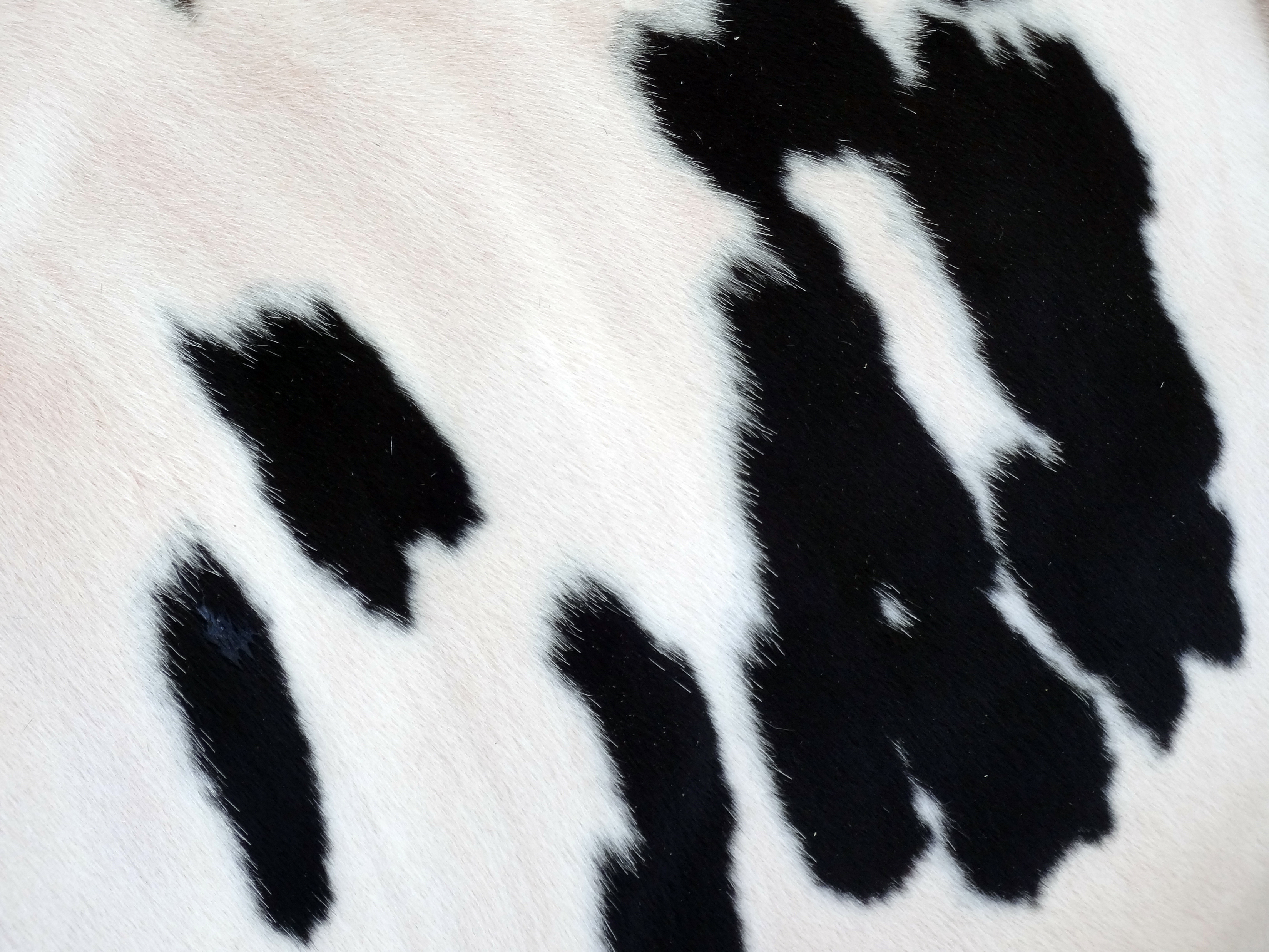The transition period, calving and the first month of lactation, are the moments of the entire production cycle of the dairy cow that involve the greatest risks. Although ketosis is a problem considered «typical» of this period, it is certainly not the only one and should be considered only as the tip of the iceberg. In fact, 70% of the problems encountered in the productive life of the dairy cow are found in the first month after calving. It is scientifically proven that there is a strong correlation between the postpartum increase in non-esterified fatty acids (NEFA) and ketone bodies in the bloodstream and the greater incidence of problems such as: dystocia, placental retention, mastitis, ketosis, dislocated abomasum (DA) and reduced fertility. All these problems are in fact attributable to the management of the negative energy balance (NEBAL) after calving, which, if not managed in an optimal way, can greatly increase the incidence of the problems mentioned above. These are not only a direct cost (drugs, treatments, veterinary intervention, reduced production, …), but also have a strong impact on the reproductive cycle, slowing it down and reducing its efficiency concerning not only the first months of lactation but can extend up to the next calving and transition period.
The use of rumen-protected choline, thanks to its effects on liver health, has now entered the daily routine of most farms. However, the many benefits that its use during the transition period can bring not only as a prevention of ketosis, but also on the reproductive cycle and consequently on the farm economy, remain still almost unknown. A recent survey, conducted on more than 10.000 dairy cows, treated with rumen-protected choline during the transition period, helps us shed light on these aspects. For one year, the performance of 10.316 dairy cows have been monitored on different commercial farms in the United States, of which 5.591 received Ruprocol® at 60g / head / day for 42 days in peri-partum and 4.725 who received no treatment. In particular, the following parameters were assessed: dry matter intake, milk production, food efficiency (FE), ration costs, incidence of metritis, retained placenta, clinical ketosis, DA, mastitis and mortality.
The data of this survey clearly show (Graph 1) how the treatment with rumen-protected choline applied in prevention was able to significantly reduce the incidence of the main post-partum problems. Not only was the incidence of clinical ketosis reduced by 72.1% (p <0.001), but also cases of metritis (p <0.001), retained placenta (p <0.01), DA (p <0.05) and mastitis (p <0.01) were significantly reduced (by 33.4%; 39.9%; 74.5% and 31.1%, respectively) resulting in a reduction in mortality equal to 47.1%. In addition, cows treated with Ruprocol® produced on average 2.12 kg more milk (ECM) than untreated animals (42.26 kg vs. 40.14 kg), ingesting on average 1.09 kg of dry matter more (24.28 kg vs. 23.19 kg). This leads to an improvement in feed efficiency which goes from 1.73 for «control» cows to 1.74 for cows treated with Ruprocol®.
Evaluating further the costs of these diseases*, the advantage of using rumen-protected choline becomes even more evident. The herd not treated with rumen-protected choline involved a total cost of $ 635.823 (approx. € 540.327) while the one treated with Ruprocol® a cost of $ 407.137 (approx. € 345.988). By dividing the costs by the number of animals examined, the use of rumen-protected choline therefore allowed a saving of $ 61,74 /head/year (approx. € 52,50). Moreover, the treated herd, considering the pathologies incidence, had an estimated total DO increase of 244 days lower than the untreated herd (247 vs. 491), indicating a clear improvement in reproductive efficiency. In terms of production, untreated cows have, according to estimates, lost approx. 17.731 kg of milk per year while the use of rumen-protected choline made it possible to lose «only» approx. 9.785 kg of milk considering both reduced production and discarded milk.
Carrying out a «gross» evaluation, considering an average price assessed at the time of the survey of milk equal to 0.39 $ / kg (approx. 0.33 €), an average cost per kg of dry matter equal to 0.27 $ / kg (approx. 0.23 €) and the cost of treatment with rumen-protected choline, the treated cows obtained an IOFC of $ 0.53 (approx. € 0.45) higher than the control ones. It should also be considered that these assessments only represent a snapshot of a «moment» following a year of treatment and do not take into account the additional benefits that extend to subsequent calvings and lactations.
From the assessments of this survey, it is therefore clear that treatment with rumen-protected choline is not a cost, but an investment in the «economic health» of our cows and allows us to increase production and reproductive efficiency. Once again, prevention is the best way to keep high the performance of our animals.
Figure 1: Survey conducted on 10.316 dairy cows in different commercial farms over 1 year period. Cow supplemented with Ruprocol® received 60 g/head/day of product 3 weeks before and 3 weeks after calving.
P value: *P<0.05; **P<0.01; ***P<0.001 (Vetagro internal data)
Tables developed by Dr. Chuck Guard (Cornell University)
For more information: marketing@vetagro.comOriginal article here.









